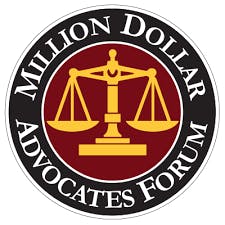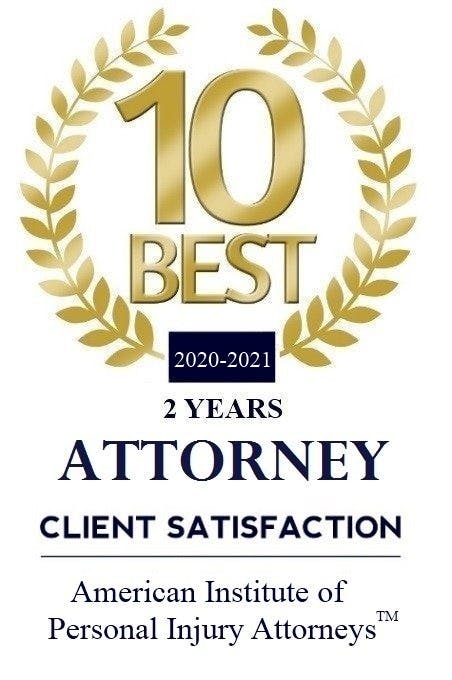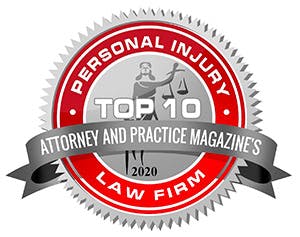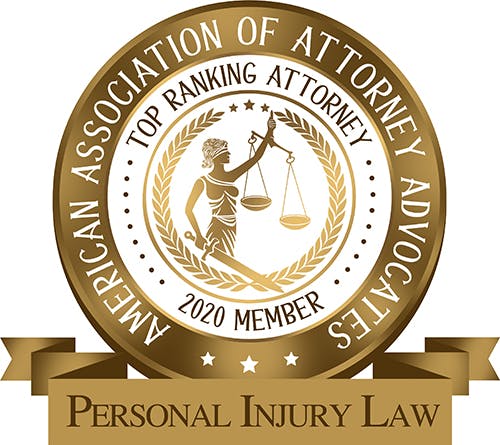Can I file a claim if I was injured while assembling or dismantling a scaffold?
Yes, workers injured while assembling or dismantling scaffolding may have a strong claim under New York Labor Law §240(1), which specifically protects workers engaged in erection, demolition, repairing, altering, painting, or cleaning tasks involving scaffolds. The law holds property owners, their agents, and contractors strictly liable for scaffolding-related injuries, even during setup or takedown.
What if the scaffold was rented from a third-party company—who is liable?
If the scaffolding was rented from an external company, liability may extend beyond your employer. The rental company could be held responsible if the scaffold was defective, improperly maintained, or failed to meet safety standards. Your claim may involve multiple defendants, including contractors, property owners, and equipment providers.
Can I still file a claim if I wasn’t wearing fall protection gear at the time of the accident?
Yes, under New York’s Scaffold Law (Labor Law §240), liability often falls on the property owner or contractor, not the injured worker. Even if you were not wearing a harness or other fall protection, the law generally favors workers and recognizes that employers must provide adequate safety equipment.
Does my immigration status affect my right to file a scaffolding accident claim?
No, your immigration status does not impact your right to seek compensation. New York law protects all workers, regardless of citizenship or work authorization. You can pursue claims for medical expenses, lost wages, and other damages without fear of deportation or retaliation.
Are property owners liable if a scaffold collapses on public sidewalks?
Yes, if a scaffold collapses and injures pedestrians or others near a construction site, property owners, contractors, and scaffold manufacturers may all bear liability. Premises liability laws, along with labor and building codes, require property owners to ensure scaffolds are stable and properly secured.
Can I recover damages if I was hit by a falling object from a scaffold but didn’t fall myself?
Yes, Labor Law §240 protects workers from both falls and falling objects. If a tool, debris, or construction material fell from a scaffold and struck you, you may be entitled to compensation under the law.
What if my scaffolding accident was caused by extreme weather conditions?
If high winds, rain, or snow contributed to your scaffolding accident, liability may still exist if safety protocols were not followed. Employers and contractors must secure scaffolds, monitor weather conditions, and halt work when conditions become hazardous. Failure to do so could make them liable for your injuries.
Can I sue if my loved one died in a scaffolding accident?
Yes, the surviving family members of a worker killed in a scaffolding accident can file a wrongful death claim. Compensation may include funeral expenses, lost future income, medical bills, and damages for the emotional loss suffered by the family.
What is the time limit for filing a scaffolding accident lawsuit in New York?
New York’s statute of limitations for personal injury claims is generally three years from the accident date. However, wrongful death claims must be filed within two years. If a government entity is involved, you may have as little as 90 days to file a notice of claim.
Can I still file a claim if my employer is pressuring me not to?
Yes, you have the legal right to file a claim regardless of employer pressure. Retaliation for reporting workplace injuries or filing a claim is illegal in New York. If your employer threatens you, consult a scaffolding accident attorney immediately to protect your rights.















